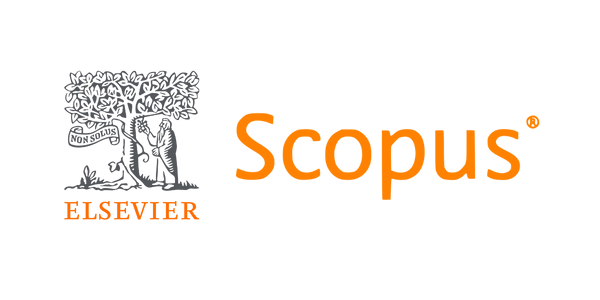Establishing a best fit model of finger length to occlusal vertical dimension among students of college of health sciences Bayero University Kano
DOI:
https://doi.org/10.61386/imj.v18i3.708Keywords:
Finger length, OVD, Complete dentures, EquationAbstract
Background: Anthropometric measurements like finger lengths may shorten the time taken for occlusal vertical dimension (OVD) estimation in the edentulous. They have sparingly been studied in Nigerian populations.
Objectives: This study aimed to develop a best fit model equation relating finger length to occlusal vertical.
Materials and Methods: The study was an analytic cross-sectional study among students of the College of Health sciences, Bayero University Kano. Finger lengths and OVD were recorded. Data was summarized with descriptive statistics. Bivariate comparisons were accomplished with Pearson’s correlation. Multivariate analysis was conducted with hierarchical multiple regression. The level of statistical significance was set at p<0.05.
Results: Five hundred and twenty-eight participants with a mean age of 27.4±2.9 years participated in the study. Eighty three percent of the participants were male, while 93% of them were right-handed. Average OVD was 7.17 ± 0.53 cm (CI: 7.12-7.21 cm). The index finger correlated most strongly with OVD (r = 0.56, p < 0.001), although all finger lengths statistically significantly correlated with OVD (p<0.001). Generalized Linear model (GLM) regression between index finger and OVD incorporating gender produced a best fit equation: (OVD = 3.57 + (0.41 × Length of index finger) + (0.14 × Length of ring finger) – (0.32 × Gender).
Conclusion: Index finger length can predict OVD in a mathematically discernable manner.
Downloads
Published
License
Copyright (c) 2025 Ikusika OF, Idon PI, Iwuchukwu AO, Zirra AF, Usman N

This work is licensed under a Creative Commons Attribution 4.0 International License.









